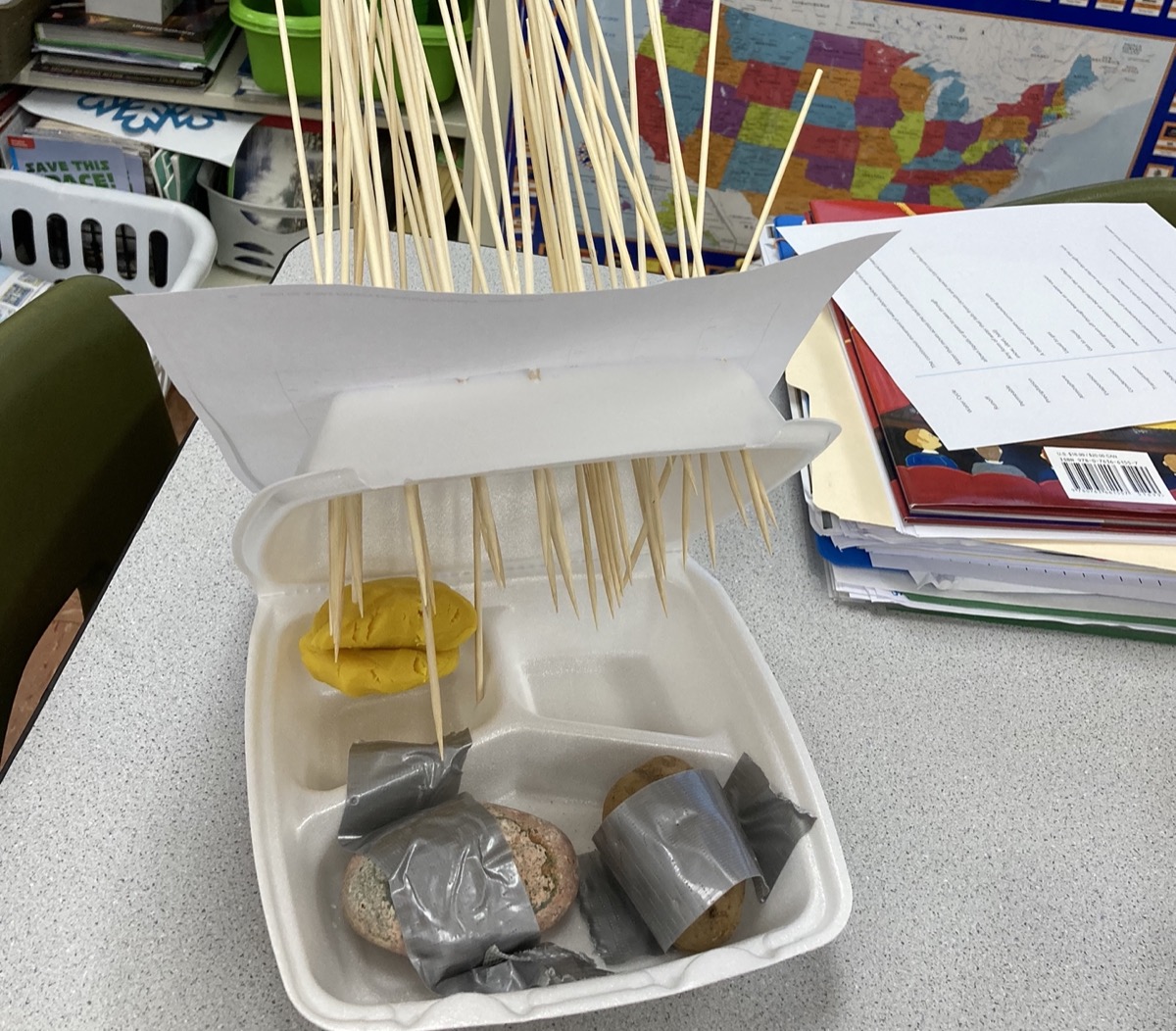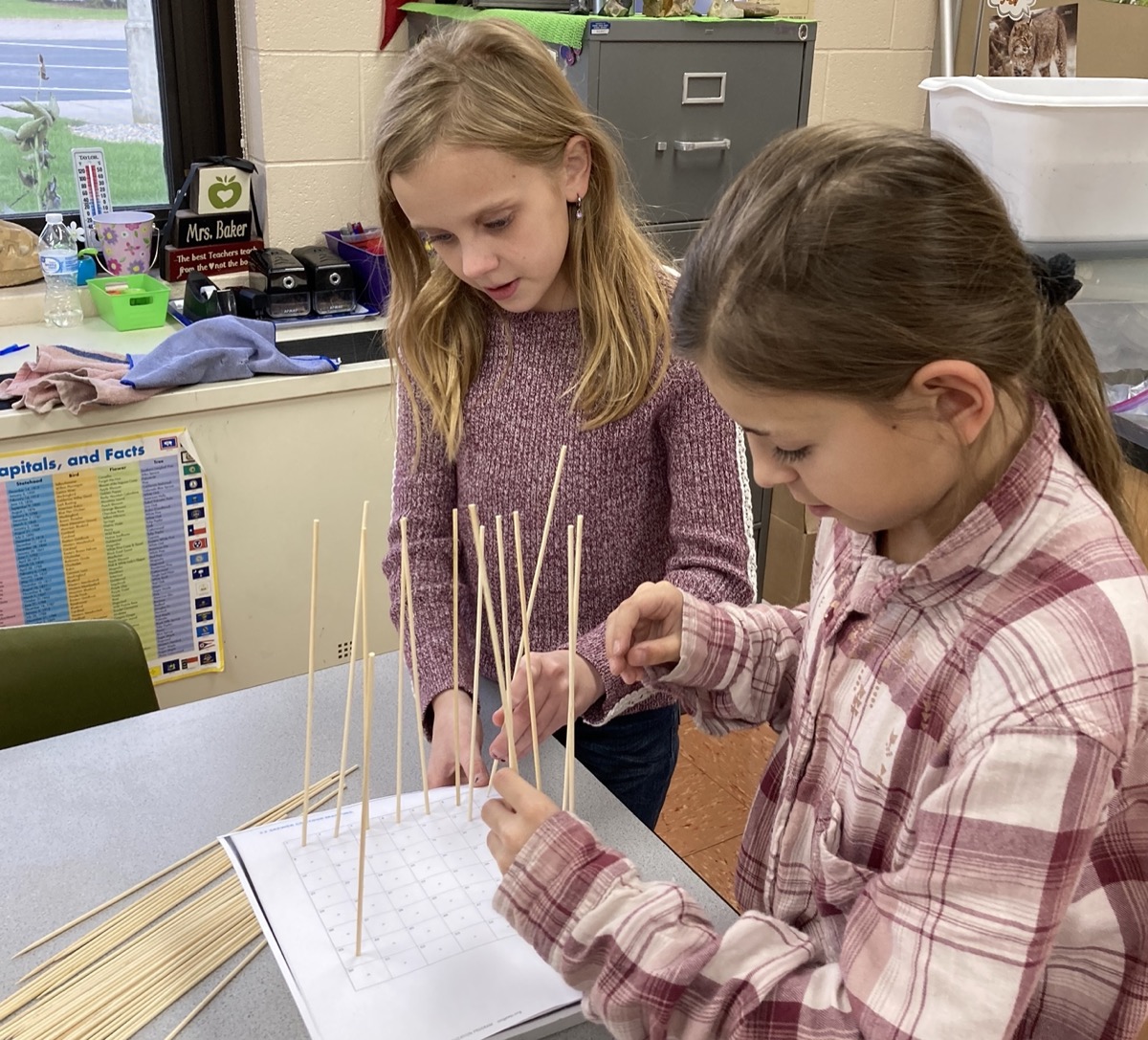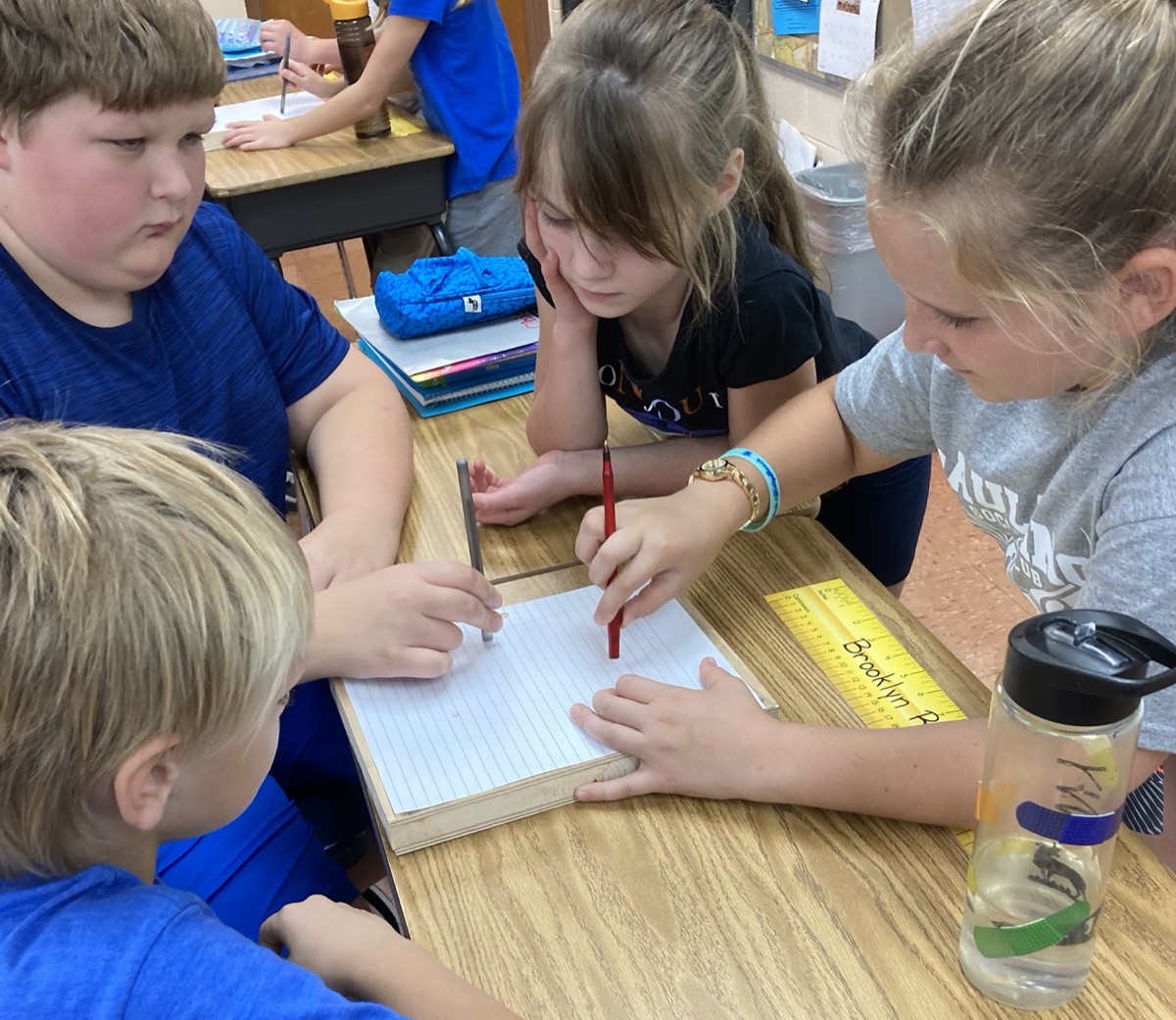High praise for elementary STEM workshop!
Grover Hill Elementary teacher Wendy Baker attended the OOGEEP elementary STEM workshop last summer. She used the OOGEEP materials in integrated lessons that covered standards for both 4th grade science and social studies and found them to be very useful in the classroom:
In social studies we studied the importance of Ohio’s natural resources and agriculture to the economy of Ohio (SS Standard 10) as well as both the positive and negative consequences of human modification of the environment (SS Standard 12). In Science, we began discussing the processes that shape and reshape Earth’s surface (Sci Standard Earth and Space).
I introduced the OOGEEP materials from the standpoint of balancing society’s requirement of minerals to supply our needs with the mindfulness of being good stewards of the environment. We used the cards in the Sorting it Out lesson to understand the products we use that are made from petrochemicals. Students classified them by use in home, school/work, or recreation. This was to make them aware that they use petrochemicals in every aspect of their lives and of the abundance of products we rely on that come from petrochemicals.
We studied the Ohio maps included in the aggregates of Ohio box, part of the workshop supplies I received, and saw how they could determine where to find specific rock types underground in Ohio. Students were able to discuss where they believed more mining and drilling operations would be located in Ohio and confirmed this when we looked at a products map.


Using the Exploration activities from the workshop and videos from the OOGEEP resources, we learned how technology allows companies to look for resources using much less invasive methods. Students completed the skewer mapping activity to visualize how the different materials underground may be found in various layers. When we revealed the actual topography, students could see why the depths of their skewers at the surface were so uneven due to the heights of the materials they couldn’t see. The skewer mapping helped them see that layers of rock underground are not level. Creating the contour map from their measurements was more difficult. They struggled to understand how to connect and draw the circles. This will be a building block later when we look at topographic maps and study the processes and landforms of earth’s surface.


We viewed videos from the OOGEEP resources explaining how thumper trucks—their favorite new technology!—create sound waves that help to identify where the different spaces are underground. They really enjoyed learning about the use of seismic waves and how sound can help you determine depth and “emptiness” as they kept calling it. Their awareness of where they would find open spaces was remarkably good and the teams worked well. Co-teachers and aides in my room also thoroughly enjoyed these activities and expressed how much they learned.
Finally, groups used the sound boards activity to predict where they believed would be the optimal place to find oil/natural gas underground. Students did amazingly well at determining the different tones and determining the open spaces in their boxes. Most felt confident enough to risk the money to drill where they had predicted; some did not.
My students always respond well to activities with hands-on learning. They particularly enjoyed doing activities that mirror the methods being used in the real world.
With each lesson I showed the students the many career connections available for each stage of the industry. Making students aware of career connections is a vital component of their learning. Their interest increased when they viewed pictures from the field trips showing me interact on-site with industry persons, as well as machines, materials, and products.
The OOGEEP workshop gave me a greater understanding of Ohio’s importance in the oil and natural gas industry. The content and materials clarified my knowledge from the formation of the fuels through the distillation and uses of the product. Peer teaching gave me a student’s perspective. Collaborating with other educators gave me ideas to use in my own class.
The field trips were very helpful as well. Having professionals from the industry present at both the workshop and the field trips allowed us to interact, ask questions, and gain insight from those in the field. In speaking with a representative of the natural gas company, I learned how closely government agencies and companies work together to share information to protect the environment while supporting the supply of product.
This workshop was truly a great and valuable learning experience. I will encourage others to take part in these professional development opportunities!